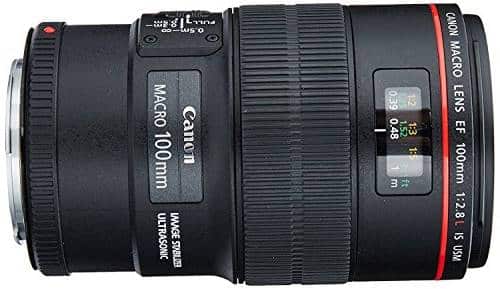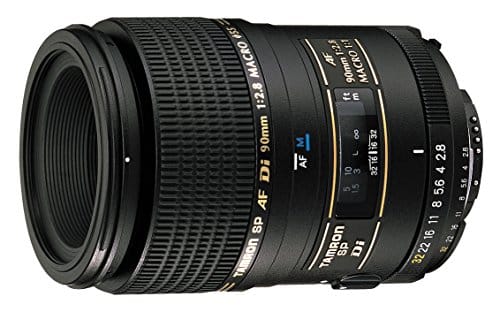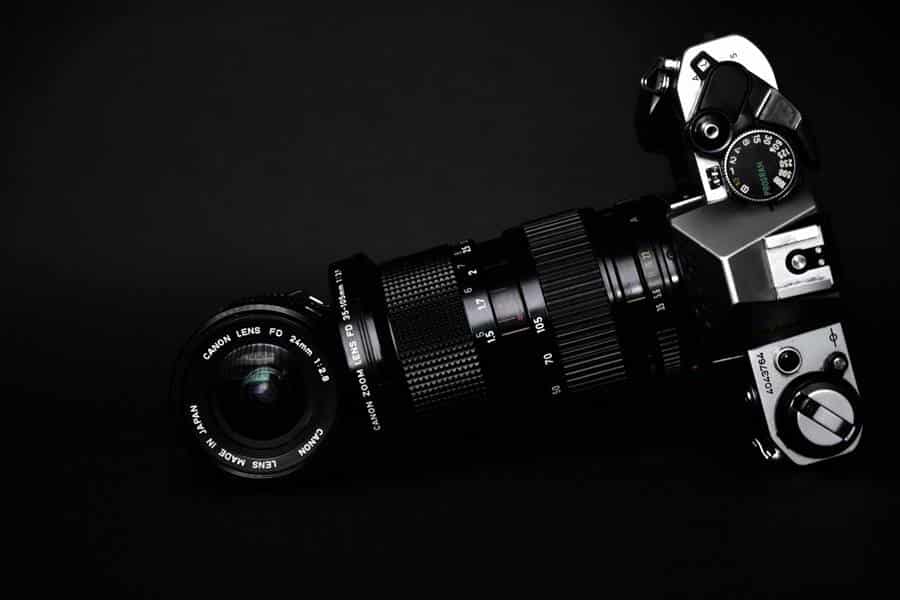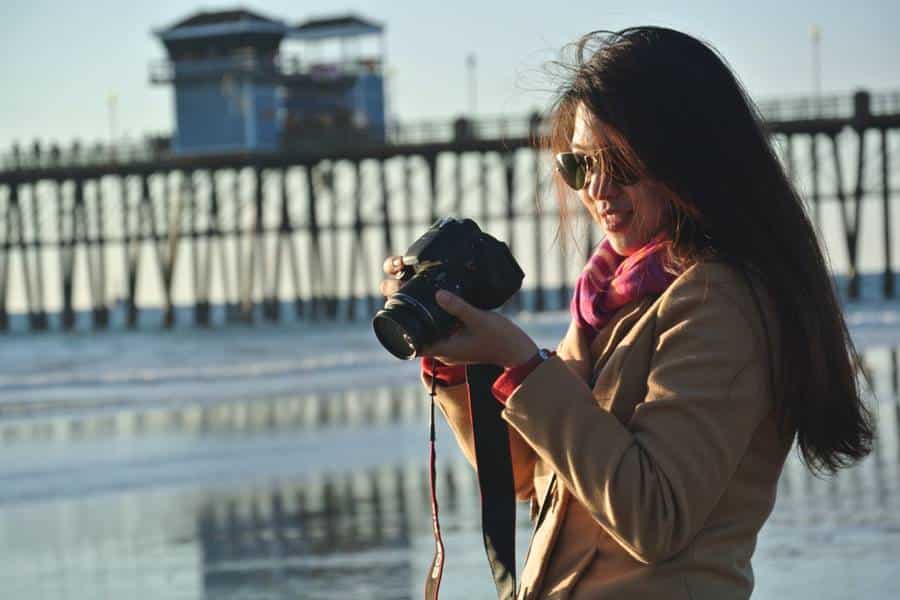Macro is a fairly common field, and often comes the moment when the photographer wonders which macro lenses to buy. A 100 mm seems to be a good start, but among all these models, how to know which one is the best?
Indeed, I was also asking myself that question. I wanted to try myself at the macro, and among the Canon Macro lenses, I hesitated between the different 100 mm (or almost) macro that exist. The excellent Canon 100mm f/2.8 Macro L IS USM being clearly out of reach of my purse, even if it remains at a relatively reasonable price given the quality of the pebble, if we believe all the tests.
So, I got in touch with Michael (whom I warmly thank for his trust), who therefore very sympathetically offered to lend me both the Canon EF 100mm F 2.8 Macro USM and the Tamron 90 mm, serious competitor for a price still much lower. After a very good contact with the ‘lens rental team’ and a lightning delivery, here I am with these two lenses in my hands.
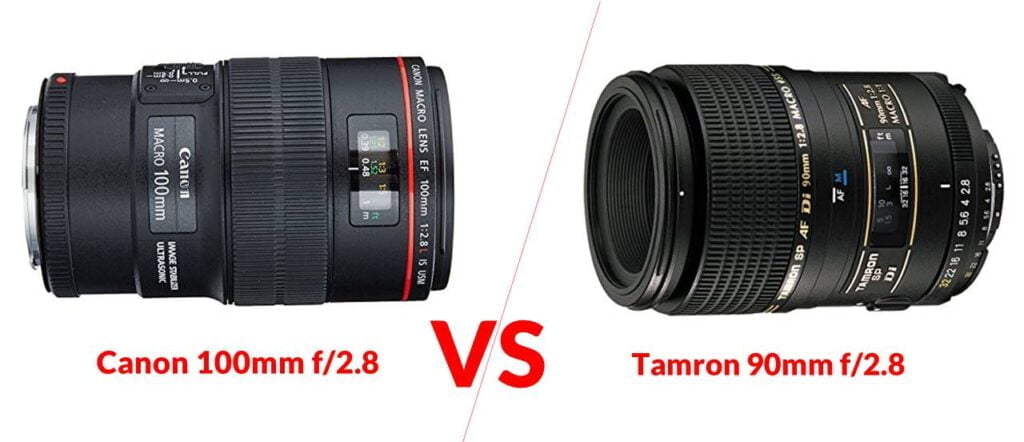
The goal is not to make extensive tests on the optical quality of the two lenses, which requires special technical means, and in any case already exists (General result: there is no significant difference in quality between the 2 lenses). In short, I will focus more on a general feeling, a slightly more subjective vision, while trying to highlight the qualities and flaws of each lens.
Accuracy: All tests were done with my Canon EOS 450D.
Manufacturing Quality and Ergonomics
When I unpacked the 2 lenses, I still had a slight feeling that Canon is making fun of its customers a bit. Tamron offers a very warm lens in a cover and with a sun visor, while Canon packs us a bit to tear in polystyrene, and of course without a sun visor. After all, for $100 and more…
Well, let’s skip this propensity of the red brand to scratch the price of a sun visor on lens at $500. 😛
These are two lenses that offer a magnification ratio of 1:1, that is, the lenses have the same size on the sensor as in reality. Example: if you are photographing a flower that is 5 mm wide in reality, it will make 5 mm on your sensor.
Both lenses look really well built, solid, and hold well in hand. The barrel is slightly heavier (600 gm versus 405 gm anyway), which can be seen as an advantage or a disadvantage. The weight provides a little more stability in the hand and a general impression of solidity (it is more “trusted”), but at the same time weighs more in the bag. But the difference is also not noticeable at every moment, let’s relativize.
The front lens is more exposed on the barrel (for the shot a sun visor would have been useful), and more recessed on the Tamron (to such an extent that one can ask the usefulness of the sun visor precisely).
On the other hand, lack of ergonomics that I find a little limit on the Tamron: when the sun visor is mounted but “upside down” (that is to say just to keep it on the lens) and the focus is close to Infinity, The focus ring is simply inaccessible, especially if you want to go back to manual focus. Well, we are rarely in this situation and we just need to remove the sun visor, but well this is the kind of thing that we pay attention to, right?
As for the focus rings, they are both really excellent: soft, precise, hold well in hand. On this point, Tamron copes as well as Canon.
On the other hand, Canon offers a constant manual focus (“full time manual”), that is to say that even in Auto Focus, you can resume the focus manually constantly. It really increases the comfort of use. That said, Tamron proposes to switch to manual focus very simply by pulling the focus ring towards itself: rather efficient and intuitive system that I did not know.
The close focus that macro involves often poses the problem of having the auto-focus “patina”, that is, it will try to focus to infinity and then return to the minimum distance several times, which clearly takes the lead. Both lenses pose this problem which is inherent in the macro anyway if you don’t have a very powerful auto-focus system, if you miss a little light, etc…
Both brands offer a different system to help the lens: Canon offers a button that allows you to adjust the focus distance to 0.31 m Infinity (that is, over the entire focus range), or on the contrary to 0.48 m infinity (if your subject is further away).
Only problem: it does not help on topics close. 😛
Tamron offers a different system that I find smarter for the hit: a “Limit” or “Full” slider. On Full, you can focus from 0.29 m to infinity, and on Limit it is depending on where the focus is made. If it is made between 0.29 and 0.4 m and you put the cursor on Limit you will be limited to this focus range, and ditto for a distance between 0.45 and Infinity. So, you have to iron in Full (or in manual focus) to move from one beach to another. It may seem unintuitive like that, but I find it an excellent system once you are used to it (and that was present on the predecessor of the Canon by the way).
Macro Behavior
Both lenses are really excellent. The optical quality is clearly at the rendezvous, with an excellent Pique and a nice bokeh (respectively 8 and 9 diaphragm blades for the Canon and Tamron). Look at the 2 photos below, both taken at 1/1 ratio. These are certainly not professional lenses (although we are not so far), but it will change you from your 18-55. 😉

The auto focus is fast, with however a slight advantage on this point for the gun at short distance (at more than 1m I did not see a clear difference), probably thanks to the ultrasonic motorization.

But in any case, given the extremely reduced depth of field in macro (remember that it decreases with the distance to the subject). It is strictly impossible to produce sharp shots without a tripod. Indeed, as soon as you move, your subject is very easily outside the area of sharpness, which can be less than 1 mm at full aperture and at the minimum focus distance.
So, we work on tripod, in manual focus most often, especially on moving subjects, and most of the time we close at f/8 at least (although it is very fun to play with the ridiculous depths of field produced at f/2.8).
(These two photos were taken at f/4, and we can see that at these openings, the depth of field is very small. By the way, these two images have obviously undergone a certain post-treatment, not all is due to the magic of the lens.).

There are still 2 fundamental differences that must justify the higher price of the Canon: this one does not lengthen to focus, while the Tamron does. This could clearly scare insects for example, which is annoying for a macro lens, you’ll admit to me. 😛

That said, one could easily retort me that our movements are probably more frightening, and that to photograph insects, you have to either choose a longer focal (the Sigma 150 mm macro for example) or choose a time when they are immobilized (early morning for example).

The ultrasonic (and therefore silent) focus of the Cannon. Here too, noise can frighten the critters. But even counter-arguments than previously. 😉
In other words, if you want to make macro, no need to think about buying one of these lenses before you have a tripod, I warn you. 😉
Versatile Macro Lenses
It will not have escaped you that these are certainly macro lenses, but also lens that open a lot (f/2.8) and of a fairly large focal length, and are therefore able to handle situations of low light or to isolate a subject (or both). It was too tempting, I had to test them in other areas than macro. 😀
I had the chance to photograph a theatrical company as I had mentioned in a previous article, and so I shot 2 of their performances. Very little light (I have tripod shooter!), a very quiet room, in short quite difficult conditions.

The following week I also had the opportunity to get my hands on a dance show, also relatively silent (if you are curious about the rendering, the photos of these 2 events are on my Instagram account as well. 😉).

And here, I must confess that ultrasonic motorization saved my life. I mean, I didn’t even dare take the Tamron out to the theater, because the focus is really loud (it must be said), while it’s actually inaudible on the barrel (at first, I even wondered if it worked well). Well this is a very special case that you probably will not have to face, but I tell you about it anyway. 😉
In any case, both lenses do very well for fast and accurate focus in low light, and isolate the subject very well. Unfortunately, I did not have the opportunity to test them in portrait, but they are 2 excellent lenses for this field, no doubt (I mean, a focal length of 100 mm that opens to f/2.8 and good optical quality, it makes nice portraits, it is obvious).
My Feeling about Macro Lenses 😉
I think it seems obvious from the beginning of this test: both lenses are worth on many points:
- Optical quality
- Manufacturing quality
- Auto focus
- Focus ring
More subjectively, I feel a little more comfortable with the Canon, and I enjoy it more (which is very important but totally subjective and very different depending on the people). Thinking about it well and eliminating the effect “it’s a barrel of almost pro quality ** drool**”, I think it’s mainly due to the ultrasonic motorization, very comfortable and a little faster, and constant manual focus (FTM) that brings real comfort in macro.
But quite frankly, the Tamron is also a very good lens, and if you lack $100 of budget for the Canon, do not hesitate a single second and run to buy this pebble, you will not regret it. And if you are not at Canon, and bah the choice is made. 😛
But be careful, we quickly get used to lenses of this quality. 😉
You may also like to read: Zeiss Milvus 2/100m Macro Lens: The Review
I did not test the Sigma 105 mm Macro simply because it’s already not bad that my lens rent service trusted me by lending me $900 of hardware for a first contact.
I take this opportunity to renew my thanks to Michael for trusting me and lending these two lenses for review. I hope that this test will have guided you in the purchase of a 100 mm (or almost) macro, and since I am required to test other lenses, do not hesitate to make suggestions in the comments. 😉
Accuracy: All links in this article pointing to Amazon are affiliate links, that is, if you buy material from them by following these links, I will receive a small commission that allows me to continue to offer you content every week. For example, I could never have written the article about the 3 difficulties of the macro without taking these lenses on rent. Thanks to you. 😉
And don’t forget to share the article. 🙂
